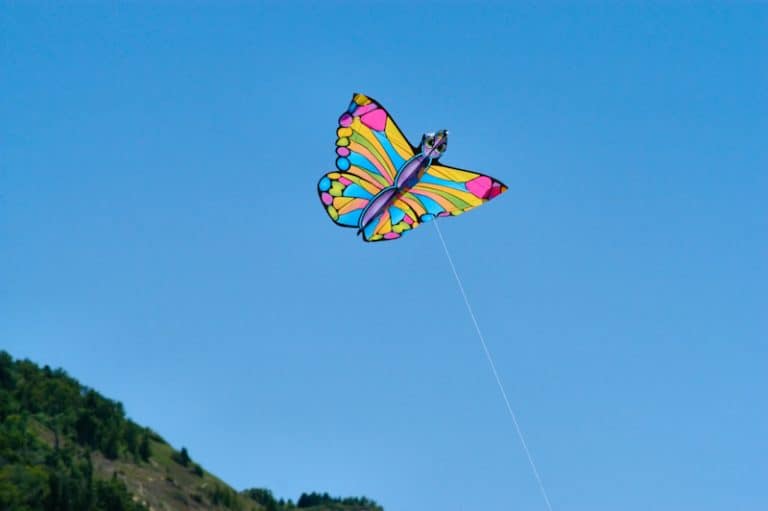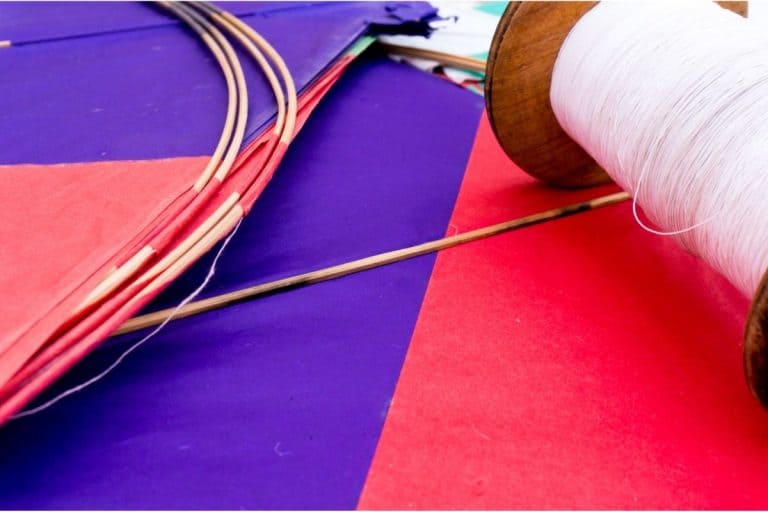A Step By Step Guide To Getting Knots Out Of Your Kite Line
Getting knots out of your kite line is essential for any kite enthusiast. Unfortunately, they are not only annoying but also dangerous. Different things can happen when a kite line accumulates knots. The worst thing of all is the breaking of the line.
This article will tell you all there is to know about knots and how to get them out of your kite line.
Let’s start!
Why Is It Essential To Remove Knots Out Of Your Kite Line?
Knots on a kite line are the main reason for a line to break. It is because a knot can considerably reduce the strength and the resistance of the line. One could take an educated guess and easily estimate that a knot can reduce a line strength up to 50%.
Although 50% may not be an accurate estimation, knots do reduce the performance of kite lines and should be removed and prevented.
It is a mistake to ignore the knots and go out with the kite anyway, hoping nothing happens. If you do not want to break too many lines and replace them often, you have to spend some time inspecting each line and removing all the knots.
Manufacturers build each line to handle a certain amount of stress (tensile strength). For example, lines built or required for power kites must endure a higher load than stunt kites.
If you have a quad line kite with each line able to hold 200lb, it can stand 800lb per square foot. While stunting kites generally have a line weight between 50lb to 100lb, lines on a single kite can stand 50lb.
One or more knots can significantly reduce those numbers. If the lines are selected based on the user’s weight, it is easy to imagine how they can break with ease.
What Happens If The Knots Are Not Removed From The Kite Line?
Front lines in a kite withstand higher or equal laid than the back lines. Therefore, in using a kite with multiple lines, it is possible to predict different scenarios in the case of a knot or even several knots forming on one or more lines.
For example, if the knot is present in one of the front lines, the chances are that the kite will fall in front of the operator without creating a lot of traction.
However, if there is a knot in one of the back lines, the kite can initiate a loop, and the chances are that it will lose its control. In addition, it will generate traction and pulling forces that can become pretty dangerous for the kite operator and even people present in the area.
How Do You Fix A Kite Line?
How do you get knots out of kite lines? There are various methods to remove the knots out of a kite line, some are more sophisticated than others, but all require certain patience.
Here are some techniques you can use to untie a knot:
Shake And Pull
One of the most common ways to untie a knot is to hold both strings coming out of the knot and twist them a few times. Then, pull the knot and keep rotating until the knot unties. At times, knots are really tight and very hard to undo.
With patience and persistence, you can untie even hard knots. If the situation becomes unsolvable, it is common to use pliers to untie the knot. But it is essential not to use sharp tools that can cut or damage the material.
For example, some use a needle to insert it between the knot to loosen it. Often it is successful, but if not done carefully, the needle can hit the material and damage the line. Those who are using lines made of Dyneema should avoid using any needled.
This type of material gets easily damaged by the insertion of any sharp material because it is a very dense fiber. Even a tiny crack can damage it with the result that it can break during a flying session.
Soak The Knots
Another standard method is using water or dishwashing soap to loosen the knot. It can be an excellent way to soften the line materials within the knots. The steps are the following:
- Fill a small container with water
- Soak the know in warm water for a few minutes
- Use your fingers to pull and twist the knot
- Use your teeth if necessary to stretch and loosen the knot
- Keep at it until you untie it.
Once everything untangles, verify that there is no damage to your line in the points where the knots were present.
Use Your Teeth
Sometimes the old methods are the best ones. For example, using only the teeth with a lot of patience, it is possible to untie a knot. Of course, it is a method that requires a lot of patience and time. However, if nothing else is available, it is a valid way.
One can chew and soak the knot until it becomes soft, loose, and easy to untie. The saliva can help soften the knot, and the compression of the teeth and the gentle chewing can help do the rest.
Paperclip Method
If you have paper clips, you can use them to untie a knot. But, first, you should spray the knot with water and tap it on wood with a hammer to loosen it.
Do this gently.
Then insert a paperclip into each side of the knot, and once they are in place, use pliers to tug on both clips to loosen the knot and untie it.

How To Prevent The Creation Of Knots On Your Kite Line?
Although not always possible, one can try to avoid the creation of knots on the kite line by doing a few things. For example, knots can occur while unwinding the bar ( for those using it).
It can happen while unwinding the bar with the line terminals situated downwind. What can happen in this situation is that the terminal will rotate due to the wind, and the result is that the lines will twist and create knots.
It is better to block the terminal on the ground or in the sand and then unwind the bar downwind from the kite.
Frequently Asked Questions
How to wrap up the kite lines around the bar?
Wrapping up correctly a kite line can prevent knots and improve safety. The best way to do it is to hold the kite bar with one hand and pull the steering lines and the main lines at the end of the chicken loop. At this point, wrap the lines around the top of the kite bar.
Hold the lines and go around the ends and criss-cross while walking toward the strings. It would be best to use the straps to lock and hold off the loose ends of the lines together.
Why do kites have strings?
Kites have strings or lines to allow the operator to maneuver the kite and prevent the kite from flying away. They act as the tether holding the kite to Earth, or rather you – the kite operator. Kites can have single or multiple lines that you can use to make the kite perform tricks and stunts.
Today one can find single line kites, two lines kites, quad line kites, and even five lines kites.
What can I use to string a kite?
Kite lines or kite strings commonly consist of cotton, nylon, polyester, and different brands of polyester such as Dracon, for example. Some even use fishing lines and wires for homemade kites.
There are many complex and high-performance materials available for more sophisticated kites, such as Spectra, for example. Although, if you’re a DIY’er, these might be out of your price range. Take a look and see what works best for you!







